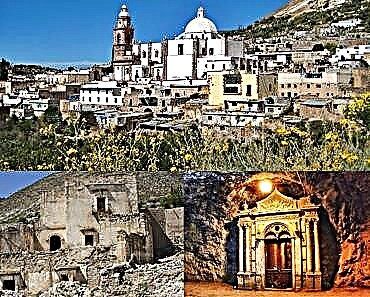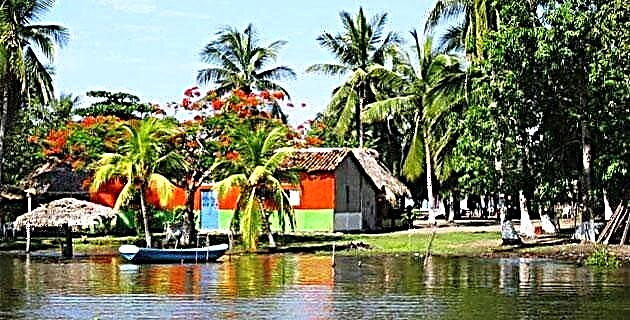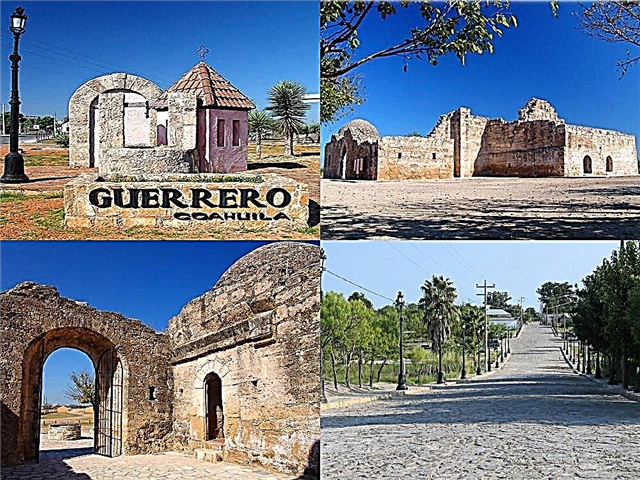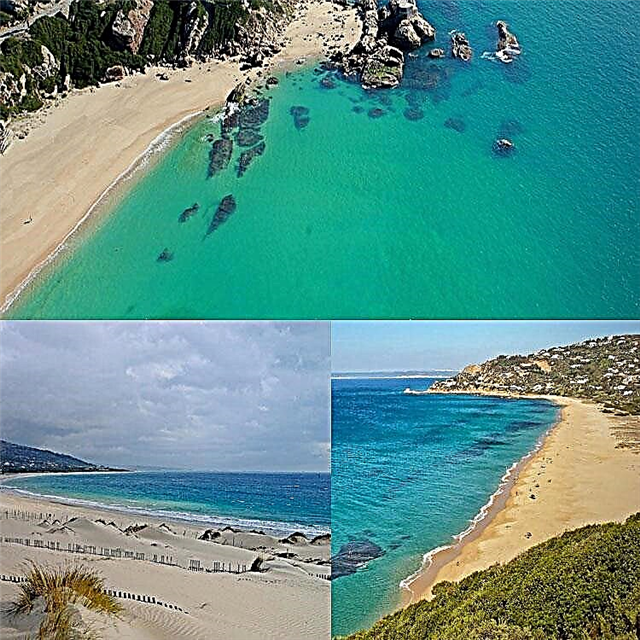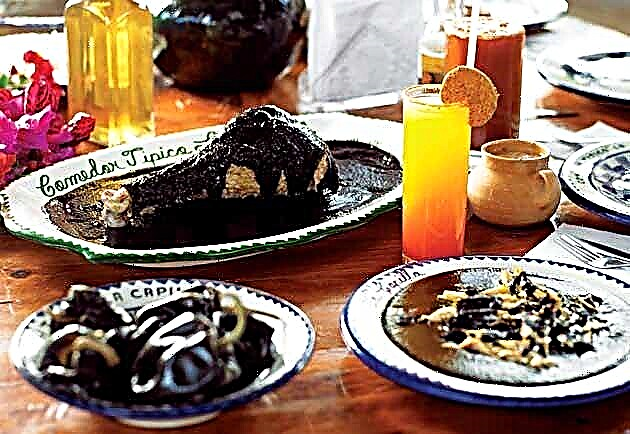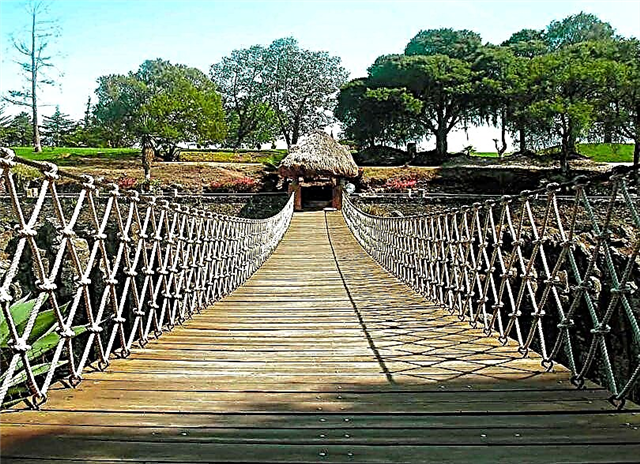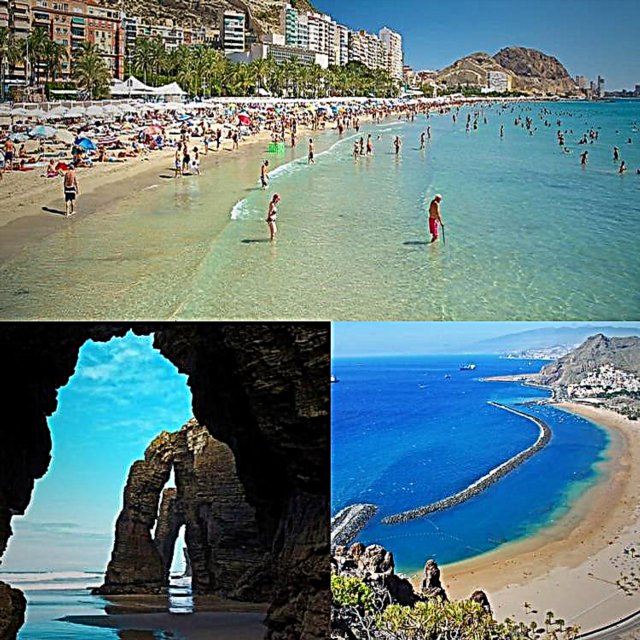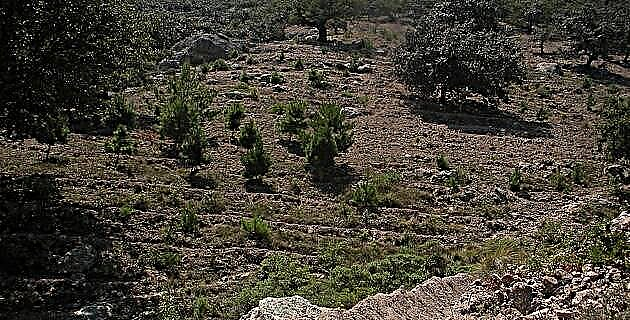
Intense aroma of chamomile flower, a mixture of ancient essences of cedar, mesquite and juniper; The deep veneration of the Lord of Santa Teresa, a beautiful legend and a dignified community, born of mining, forging and weaving.
It is in the town of Santuario Mapethé where Restoration teachers and students found an ideal specimen for carrying out an academic project of training, research, application and reflection, within the various specialties that make up the work of restoring a work of art. Between the hills of San Juan, Las Minas, El Señor and El Calvario, the sanctuary is imposed on the Lord of Mapethé. The town in which it is located, formerly called Real de Minas deI Plomo Pobre, is accessed by the highway heading to Ixmiquilpan, north of the municipal seat of Cardonal, in the state of Hidalgo. The importance of the sanctuary in the region is only understandable if we make a general review of what its history has been through time. This will mark us the pattern of its permanence to this day and will allow us to understand the current community effort to preserve its ancient spiritual tradition.
The story, partly a legend, begins when the wealthy Spanish Alonso de Villaseca brought from the Kingdoms of Castile, around 1545 approximately, the carving of a Crucified Jesus Christ that he brought to the humble chapel of Mapethé. This, being built with perishable materials, over time deteriorated irretrievably, which caused its gradual destruction. By 1615, due to its blackened, torn appearance and the head with a missing one, the Archbishop Juan Pérez de Ia Cerna considered the total destruction of Christ convenient: the burning fire or the blessed burial did not affect the holy image.
Towards 1621 a hurricane appeared in the region that destroyed half of the roof of the chapel; When the community went to the place to observe the event, they found that the Christ floated in the air and had detached himself from his Cross to "soon" return to nestle on it. Wailing and strange noises said the people that came from the venerable chapel. Mapethé suffered intense drought, causing the death of cattle and the loss of pastures. The vicar of the place then proposed to carry out a prayer procession with the image of Our Lady, but the neighbors cheered with one voice: "No, with Christ!" The former resisted, arguing the indecent, black and almost headless appearance of the sculpture, although finally, at the insistence, the priest had to accept the request. The petition was made with many tears and devotion: "And veneration is beyond the purely material work!"
It is said that that same day the sky closed and for 17 more the rain fell only about 2 leagues around the Real de Minas deI Plomo Pobre. Miracles occurred, and it was on Wednesday, May 19 of that same year, when in a mysterious way the Christ was renewed sweating water and blood. Faced with his own disbelief, the archbishop decided to send a visitor and a notary, who later verified the fact of the divine transfiguration. Observing that the place where the image remained was not adequate, the viceroy ordered it to be taken to Mexico City.
The legend refers that the Christ did not want to leave the Real de Minas, since the box where it had been deposited for its transfer became impossible to load due to its great weight. Then the vicar promised that if the image became uncomfortable in its destiny, Christ himself would express it and return it to his sanctuary. Even so, the Mapethecos and the locals opposed, and after an armed confrontation they managed to rescue him during the journey, taking him to the nearby convent of San Agustín in Ixmiquilpan; there, the provincial father handed over the visitor and the vicar thus entrusted. In his pilgrimage to Mexico, the holy image granted countless wonders to the people for his passage. Finally the crucifix was deposited in the convent of San José de Ias Carmelitas Descalzas, a place where it is currently known as the Holy Lord of Santa Teresa. In Sanctuary, that veneration did not waver; Such was the crowd that came to the place, that by the year 1728 the request was made, before the viceroy Marqués de Casafuerte, to rebuild the deteriorated church:
That Sanctuary is worthy of the greatest attention. In it the frightful renovation of the Holy Christ that we venerate today in the convent of Santa Teresa was made. It must therefore be populated, both so that they take care of the temple and so that there are those who worship a place that Divine Providence wanted to distinguish with so many wonders and miracles.
Las Iimosnas and the dedicated participation of that community that promised “[…] at its own expense, sweat and personal work, to attend this church because it is the place where those so portentous miracles were palpably seen to work” was what made Ia possible construction of the church that we currently appreciate.
A copy of the original Christ was sent from Mexico, for which magnificent altars had to be made to correspond with the centuries-old devotion. The bachelor Don Antonio Fuentes de León was the one who donated the expenditure for the construction of the five interior altarpieces of the Mapethé temple. Between the years of 1751 and 1778 this monumental work was carried out, which is inserted within the artistic moment of the Baroque. In the carved and stewed woods, in the mixture of sculptures and painted canvases we can observe a clearly Jesuit iconological discourse.
From that time to date, the Otomi pilgrimage in honor of the Lord of the Mapethé sanctuary takes place the week of the fifth Friday of Lent. The pilgrims who visit the sanctuary for the first time are accompanied by godparents to acquire the flower crowns, which they place on the heads of their godchildren to present them to the Holy Christ. Subsequently, they are placed on the cross in the atrium or taken to the cross of the Cerro DeI Calvario, affectionately called "El cielito. On the eve of the fifth Friday the procession of Christ is carried out through the main streets, with burning waxes, raising prayers, songs, amidst music, the ringing of bells and the roar of rockets.
By agreement between the mayordomías of the region, on the Wednesday following the fifth Friday the image is "downloaded" to the town of Cardonal, where it remains for three weeks, to then carry out the "upload" of the same, heading to your sanctuary. Through prayers, floral offerings and lighted waxes, a cure for ills and agricultural prosperity are requested. At the entrance of both towns the Christ is discovered, and is received by the virgins of the Immaculate Conception in Cardonal and by the Virgin of the Soledad in Sanctuary.
The arrival at Sanctuary
Link between the past and the future-a centuries-old tradition that the local people carry with them-, the town of Santuario Mapethé welcomes us (teachers and students from the School of Restoration) eager for us to know its deep treasure. For some decades now, the Iugareños have been organizing themselves into different committees in favor of community improvement; one of them has been in charge of seeing everything related to the proper maintenance of the church and the works that are inside. When we arrived, the neighborhood council has arranged everything necessary for our accommodation and also for the initiation of restoration work on one of the five baroque altarpieces in the church. The local master carpenter has built a strong platform where a scaffold will be assembled according to the dimensions -12 m high by 7 m wide- of the aforementioned altarpiece. Dona Trini, the cook, has already prepared a tasty lunch for the group, a total of twenty. Mapethé students and volunteers build the heavy tubular structure, under the supervision of the teachers. Once established, we proceed to distribute the various tasks: some will carry out a thorough examination of the construction of the altarpiece, from its structural solution to the appreciation of the fine decorative layers; Others will carry out the detailed photographic record, both of the original manufacturing technology and of the various deteriorations present in the work, and the rest will inspect the altarpiece, in terms of its state of preservation, to detect and diagnose the causes of the existing damage. and then discuss and propose, together, the restorative treatments to be carried out.
We begin the ascent: those who are afraid of the height are assigned to work on the predella and the first body of the altarpiece; The majority goes up to the second body and the finish, yes, with their belts and safety ropes well placed. Getting into the back of the altarpiece -where the dust of centuries envelops you from head to toe- allows you to discover the details of the construction: observe the fastening systems, the assemblies, the frames, in short, the complex structure made of wood. to solve the complicated style of the baroque stipe.
When this altarpiece was manufactured, some carved elements and the plaster artist's brooch, still impregnated with the white of Spain, fell towards the back, which, of course, were now rescued to be preserved. The same was done with the pages of a missal of the time and engraved religious prints that someone - perhaps a devotee - introduced inside the altarpiece.
On its anterior side there are many detached carvings, cornices that have yielded to tectonic movements, misadjusted boxes and structures with temporary moorings out of their original place. Likewise, we find the footprint of the achuela that chipped the wood, the gouge that delineated the finest carving, the scraper that prepared the surface to receive the "imprimatura", the incised design to define pictorial elements. Through these objects we can perceive, even with centuries in between, the presence of the carpenter and the assembler dedicated to the "carpentry of the dark"; of the carpentry who created the "white woodwork"; of the incarnator, painter and estofador. All of them, through these vestiges, explain us the making of their creation. The joint participation of several artists to make an altarpiece has led to suppose the reason why this type of work is not signed. The only source of its attribution as a workshop are the contracts found in archives, but so far the ones corresponding to Sanctuary have not been located.
The professors of the scientific and humanistic areas indicate to the students the procedures to carry out their respective investigations. First, small samples of the support and the stratigraphy of the decorative layers are taken to later, in the laboratory, carry out the studies to identify the techniques and materials used. For her part, the history teacher provides the bibliography necessary to carry out the iconographic and stylistic study of the altarpiece.
Since dawn the hammering of the forge has been heard in the town; Carlos and José get up at 6:00 in the morning to go to Don Bernabé's forge, since we need several forged iron nails to reinforce the fastening of the altarpiece to the wall. The students and the blacksmith make the sturdy spikes required for the case. Don Bernabé, president of the committee, attends regularly to observe the work on the altarpiece. Many are the curious who come to ask about our work, and some of them, the most skilled, join for, under the supervision of the teachers , start with the students the delicate process of cleaning the rich gold. Infinity of small detachments of the layer that covers the carved wood have caused "scales" that must be lowered and fixed one by one ... The work is slow, it requires extreme attention and care. Everyone understands and understands that restoring a work involves knowledge, experience, skill, and love for what the object means. The local carpenter helps us in the manufacture of some wooden elements to replace those already lost in the altarpiece; On the other hand, we inform the community about the need to build furniture that houses the large number of objects, such as the fragments of carvings corresponding to the other altarpieces, pieces of gold, ecclesiastical textiles, free-standing structures and other pieces, which now they are in complete disarray.
Simultaneously, a group is organized to carry out an inventory of all the work located on the site, as a first step of what preventive conservation means. Here, the community plays an extremely important role. The daily day ends, the boys go to the house of Doña Trini to have a delicious empanadas and an atole specially prepared for the days of intense cold in Santuario. The community has provided food and some rooms have been temporarily stripped for the students to practice and learn, the teachers to teach and reflect. The integration between the School and the community has occurred; the daily giving and receiving has been obtained: An altarpiece, a beautiful artistic work, has been restored.
The religious image continues to live through the centuries: witnesses to it are the offerings of locks of cut hair, the permanently lit waxes, the innumerable "miracles", votive offerings, faded photographs, crowns, garlands and bouquets made with the chamomile flower. … The perennial aroma of Sanctuary. It's how I remember Sanctuary; thanks to your story, thanks to your community.
Source: Mexico in Time No. 4 December 1994-January 1995

